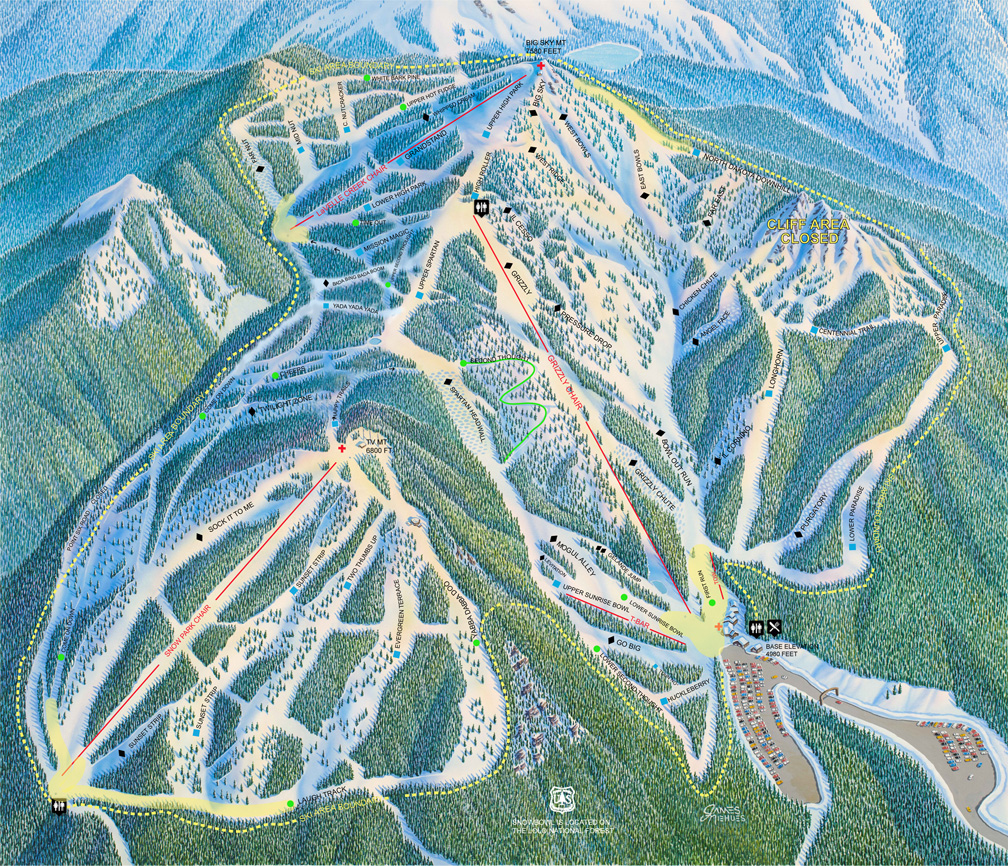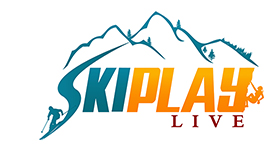8 Top Local Ski Areas Untouched By Ikon and Epic

Has American skiing sold out? The pressure is on right now to choose Ikon, Epic, an individual area season pass or skip it altogether because you won’t ski more than five days anywhere. Decisions, decisions. Every month you put it off, the price goes up.
But epic liftlines, parking nightmares, crowded slopes make plunking down $1k+ unejoyable. If you’re sick of making up the cost of your cheap Epic and Ikon pass savings with a $24 frozen burger, $6 coffee and $1000 ski lesson then rethink how you ski and consider a pass to a mom and pop spot; untouched by corporate America. Brown bag it to these 8 local ski areas where pricing comes second to homegrown spirit and an unpretentious vibe.
Where The Soul of Skiing Still Lives
Beaver Mountain, Utah

Opened in 1949, The Beav is the oldest continuously-owned family ski resort in the U.S. and a place that will always welcome families of all abilities. It’s run much the same way Marge Seeholzer’s father-in-law, Harold, had when he realized his dream for this Logan Canyon hideaway. The original warming lodge is today’s ticket office and you can find Marge still selling those tickets through the walk-up window. They may not cost $.25 anymore but at $60 it’s still the cheapest ticket in Utah. A 2-hour group lesson with rentals and a beginner lift ticket will set you back $80. Inside the day lodge, a cheese burger with fries is $11.50 but feel free to splurge on the famous Big Beav Double Bypass Burger (two patties, cheese, bacon and BBQ sauce) and fries. It may not be the biggest ski area around but with 800+ acres, four lifts, two terrain parks and a 1700-foot vertical drop there’s enough terrain for beginners to experts. They are even open for night skiing on scheduled days throughout the season. Even for non-skiers, there are miles of groomed trail systems, open spaces for snowmobiling, cross-country skiing and snowshoeing.
Powderhorn, Colorado
Let Aspen and Vail have the big spenders; Real Janes and Joes head to this Western Colorado gem on Grand Mesa, 50 minutes from Grand Junction. Powderhorn’s widely-spaced aspen glades offer some of the West’s best tree skiing, while the Mission: Affordable program provides beginners with three days of free rentals, lift tickets, and lessons. Non-skiing parents can watch their kids log laps from the lodge’s sprawling deck, where sack lunches are A-OK—though the aroma from the on-site smoker (and its locally-raised beef, chicken, and pork) makes Powderhorn’s BBQ seem more appealing than any PB&J. Day ticket from $79.
Snowy Range, Wyoming

Owned and operated by the Maddox family (and a small team of investment backers), Snowy Range keeps prices low with old-school amenities. Slow, fixed-grip lifts serve friendly runs suitable for beginners and intermediates. A small Nordic trail network makes it convenient to explore the snow-laden spruces sans chairlifts. You can find the trailhead at the northeast corner of the ski area’s overflow parking lot. A popular hangout for nearby residents—not just day-tripping lift-riders—the day lodge feels more like a community fish-fry than an impersonal resort. Its kitchen simmers up homemade chili and the taps feature local beers (really local, as the crowd-pleasing Virginia Pale Ale is brewed on-site). Day ticket from $49.
Red River Ski Area, New Mexico
Although little Red River changed hands a few times since opening in 1959, the Judycki family has been in charge since 1980. Uniquely located three and a half hours from Albuquerque and directly adjacent to the town of Red River, you’ll feel like you stepped back into a time when your parents took you on your first skiing road trip. You can smell the fireplace smoke and the boys in the bar. The town itself has year round recreation but at the mountain you will find an even split of the 200 acres between beginner, intermediate and expert terrain and snowmaking on 85 percent of it. The high elevation and low temps keep the snow of the southern Rockies light and fresh. The five lifts help you access all of that including a 1600 vertical-foot drop. Lift tickets are $98.
Bogus Basin, Idaho
If only we could make Park City Mountain a non-profit like Bogus Basin! Located 16 miles from Boise, Bogus became a 501 c3 is 2013 with all of the revenue invested straight back into the resort and the community. The board of directors are all volunteers. Locals can park for free in the downtown lot and take a free shuttle straight to the mountain if the upper lots are full. The feeder resort may sound like it’s just for Boise locals but it beats its glitzy neighbor Sun Valley by 300 acres and sells tickets for half the price ($73). Inbounds, there’re 11 lifts, 2600 acres and an 1800 vertical potentially taking you to 40 percent black and double black runs but backcountry skiers drool for the extensive backcountry network just outside the ski resort boundary. Did we mention, there’s 175 acres of night skiing, tubing and a mountain coaster? Who needs corporate greed to get things done on a ski hill?
Mt Rose, California
We popped over to Mt Rose after an epic day at (BVR- Before Vail Resorts) Kirkwood many years ago. Had we not ridden a lift with a long-time local we might have missed why this little hill, 22 miles from the Reno-Tahoe International Airport with a base elevation of 8,260 feet, the highest in the Lake Tahoe region, is the hidden gem of California. Our local guide showed us up and down some of the best expert terrain we had played in that whole trip. The 200+ acres Chutes offers more than 1000 vert on 40-55 degree, north-facing pitches. With extensive snowmaking and that high elevation, Rose can open early and remain open when other Tahoe resorts struggle. To be honest, the Buser family tried to sell the resort in 2017 but didn’t get asking price so they decided to hang onto it. Lucky for all of us. Locals’ lift tickets are $99 but for visitors, tickets are on the pricey side ($155). However, they do have regular specials like 2-for-1 Tuesdays that make a side trip more realistic.
Montana Snowbowl

This Missoula ski area is that expert’s unicorn – relatively no lift lines, untracked powder even on weekends, 80 percent advanced and expert runs all for a $60 lift ticket. They only have three chairs and a T-bar but you can easily access all of the 950 acres and 2000 vertical feet. In itself, Snowbowl isn’t really a destination for out of towners but plan a roadtrip along Montana’s Powder Highway-Highway 93- and you will have the adventure of a lifetime. We’re talking Lost Trail, Montana Snowbowl, Blacktail and Whitefish Mountain Resort.
Mt. Ashland, Oregon

When southern Oregon residents heard in 1992 that their beloved Mt. Ashland was folding, they spent a year raising $1.7 million to buy it and keep it operational. Now run by the non-profit Mt. Ashland Association, these slopes include a high-alpine cirque with steep chutes and bowls, but learners also find their wings. Families can carry sleds to the Grouse Gap toboggan hill, a half-mile walk beyond the resort’s back parking lot before heading back to the city. Day ticket from $64, free for kids under six and seniors 70 and older.
What are some of your faves? Leave me a comment below!








